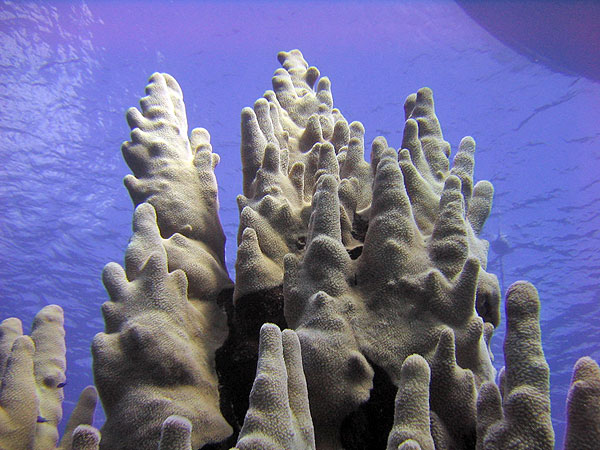NOAA Fisheries has published a final rule to designate critical habitat for five species of Caribbean coral under the US Endangered Species Act. Effective from September 8, 2023, 28 mostly overlapping areas in US waters will be designated Critical Habitat, (and thus protected,) to aid the survival of five threatened Caribbean Coral Species, Orbicella annularis, O. faveolata, O. franksi, Dendrogyra cylindrus, and Mycetophyllia ferox.
Critical habitat is defined in Section 3 of the Endangered Species Act as the specific areas within a geographical area that are essential to the conservation of a species. NOAA identified waters in Florida, Puerto Rico, US Virgin Islands, Navassa Island, and the Flower Garden Banks that contain that essential feature. The Navy’s South Florida Ocean Measuring Facility complex in Florida is excluded because of impacts on national security.
The proposal for critical habitat designation stems back to 2014, when NOAA said it would gain information on the need for protection of the five Caribbean coral species listed above which also occur in US waters. In November 2020, critical habitat status was proposed and today NOAA has released a hugely detailed report and a date of less than one month’s time when the designated protected areas will come into force.
The report provides the biological, geographic, economic, national security, and other information necessary for determining which areas are designated as final critical habitat for listed Caribbean corals within U.S. waters.

Caribbean corals have suffered a massive decline in recent decades due to the effects of climate change and human activities. In the last year alone we have reported several times on the increased spread of Stony Coral Tissue Loss Disease, as well as mass bleaching events in US waters as a result of record-breaking sea temperature highs.
Caribbean corals are in real trouble, and we cross our fingers that this latest Critical Habitat designation both helps them to cling on to survival in the region, as well as safeguarding their home for conservation and replanting efforts in the future.



